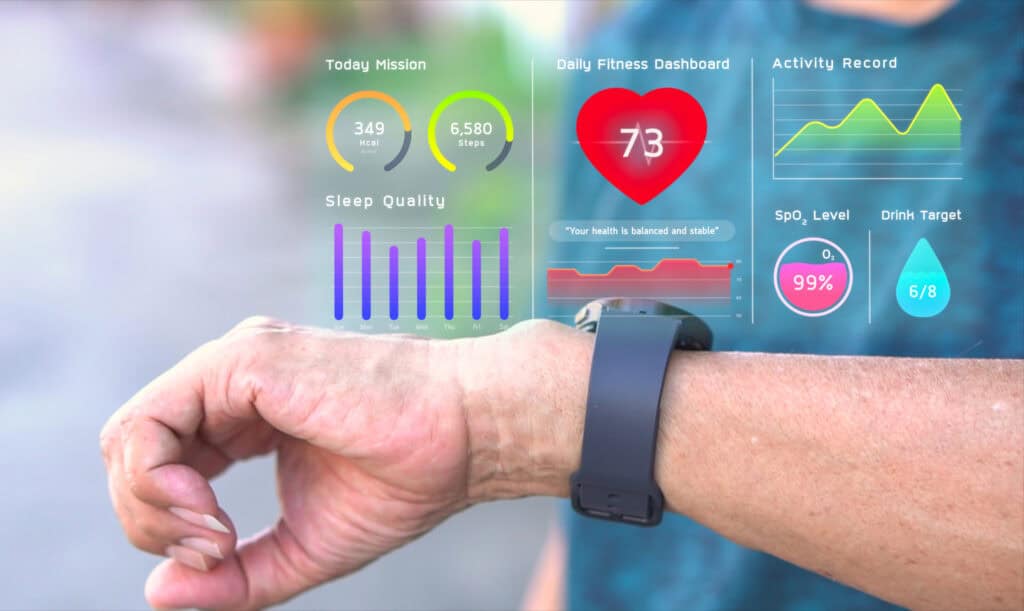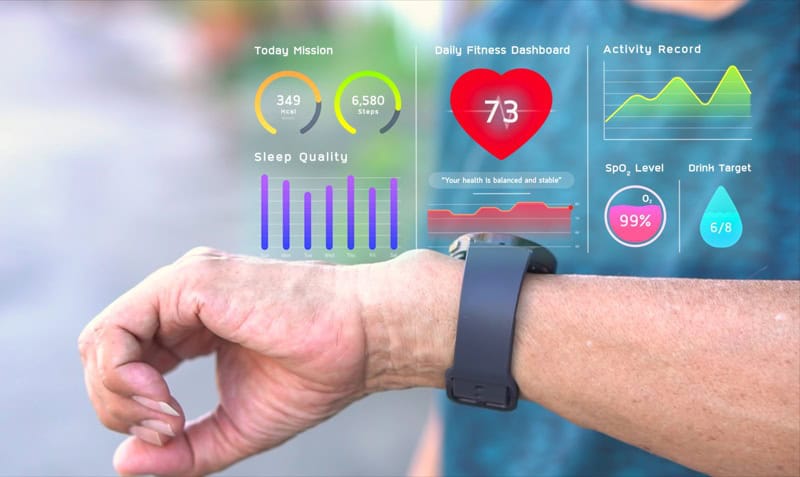“An ounce of prevention is worth a pound of cure.”
In Australia’s aged care sector, this principle urges us to act before preventable incidents – such as falls, pressure injuries, and unmanaged chronic conditions – become personal tragedies and burdens on families and care providers.
Learning from aviation

Aviation stands as one of the world’s safest industries, thanks to systems that investigate every incident and apply lessons broadly. Australia’s ATSB (Australian Transport Safety Bureau) looks back to learn, while CASA (Civil Aviation Safety Authority) ensures ongoing safety. Both are driven by data and independent oversight.
Imagine aged care with its own “black box”. An integrated system collecting data, identifying warning signs, and prompting proactive interventions. Currently, oversight in aged care is fragmented and lessons from adverse events often remain isolated, limiting progress.
Bridging the gap in aged care
The Royal Commission has criticised aged care for its reactive nature and lack of resources. Staff are stretched thin, making it unrealistic to expect them to catch every early warning sign. Technology, however, offers a promising solution:

- Smart sensors can detect and even predict falls.
- Pressure-mapping technology prevents bedsores and injuries.
- Wearables and motion sensors create daily health profiles for early intervention.
- AI-powered tools monitor posture and gait, signalling health declines.
- Digital medication dispensers alert staff to missed doses or irregular patterns.
Such innovations already exist. Aggregated and anonymised, these systems could create “digital twins” of resident cohorts, generating predictive alerts for staff and giving families reassurance. Providers would be able to target resources more effectively.

Beyond individual care, predictive analytics could support workforce planning, highlight systemic risks, and give regulators real-time insights. Instead of waiting for another inquiry, Australia could build a culture of continuous learning and proactive care. This aligns with government ambitions for reform, transparency, and improved quality of life.
Ethical considerations: Trust and dignity
Yet technology alone cannot guarantee success. Building trust is essential. Families will only embrace monitoring if they know data is secure, ethically used, and shared with consent. Residents must feel respected, not surveilled. Providers need clear policies that balance innovation with dignity.
This means:
- Consent-first models: residents and families opt-in after understanding the system.
- Data minimisation: only essential data is collected.
- Transparent policies: clarity on who accesses data, how it’s used, and why.
- Independent oversight for accountability and to prevent misuse.
- Solutions that respect cultural differences and beliefs.
These challenges are real but solvable, and technology should not be dismissed for fear of complexity. The goal is to harness innovation to save lives and enrich care.
The challenge
We use digital tools to improve safety in transport, banking, and utilities – why not aged care? Aviation has its black box; aged care deserves a system that identifies red flags before disaster strikes. The technology exists. Do we have the will to use it?
Families often ask:
- “I wish I could be with my mother 24/7.” What if you could?
- “24-hour care is too expensive.” What if technology made it affordable?
- “Residents won’t agree to monitoring.” What if monitoring helped keep them independent longer?
Australia doesn’t need another inquiry – it needs a system that spots danger before disaster. It’s time to excel at recognising warning signs, not just treating disease.






